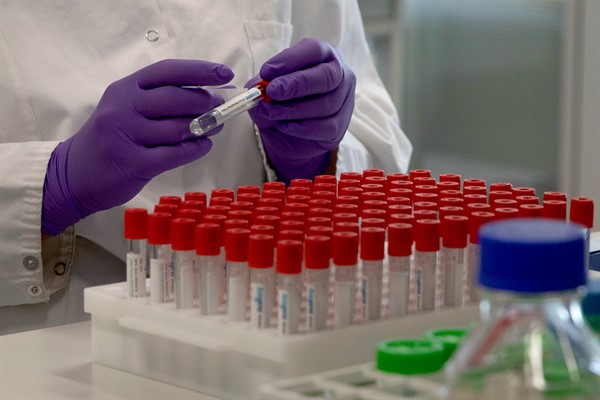The coronavirus pandemic has inspired a great deal of scientific research into developing a vaccine for COVID-19. The process is moving much faster than normal, with more than 155 vaccine candidates currently being developed, 23 of which are already in human trials. Vaccines can take years or even decades to develop and distribute, but the Trump administration is pushing to have one ready by early next year.
Developing a vaccine is one thing, but making it available to people is another issue altogether—one that involves thorny questions of ethics, intellectual property rights, global trade and recouping research costs.
This is not the first time the global community has faced these issues. In a dramatic radio broadcast on March 26, 1953, Dr. Jonas Salk announced that his polio vaccine, which used particles of inactivated or killed virus, was effective and ready for nationwide use. Medical science now had the tool to combat a highly contagious disease that had caused paralysis in children around the world, and was widely feared for its capacity to strike seemingly at random. Two years later, when the broadcast journalist Edward R. Murrow asked Salk who owned the vaccine’s patent, he replied, “Well, the people, I would say. There is no patent. Could you patent the sun?”

